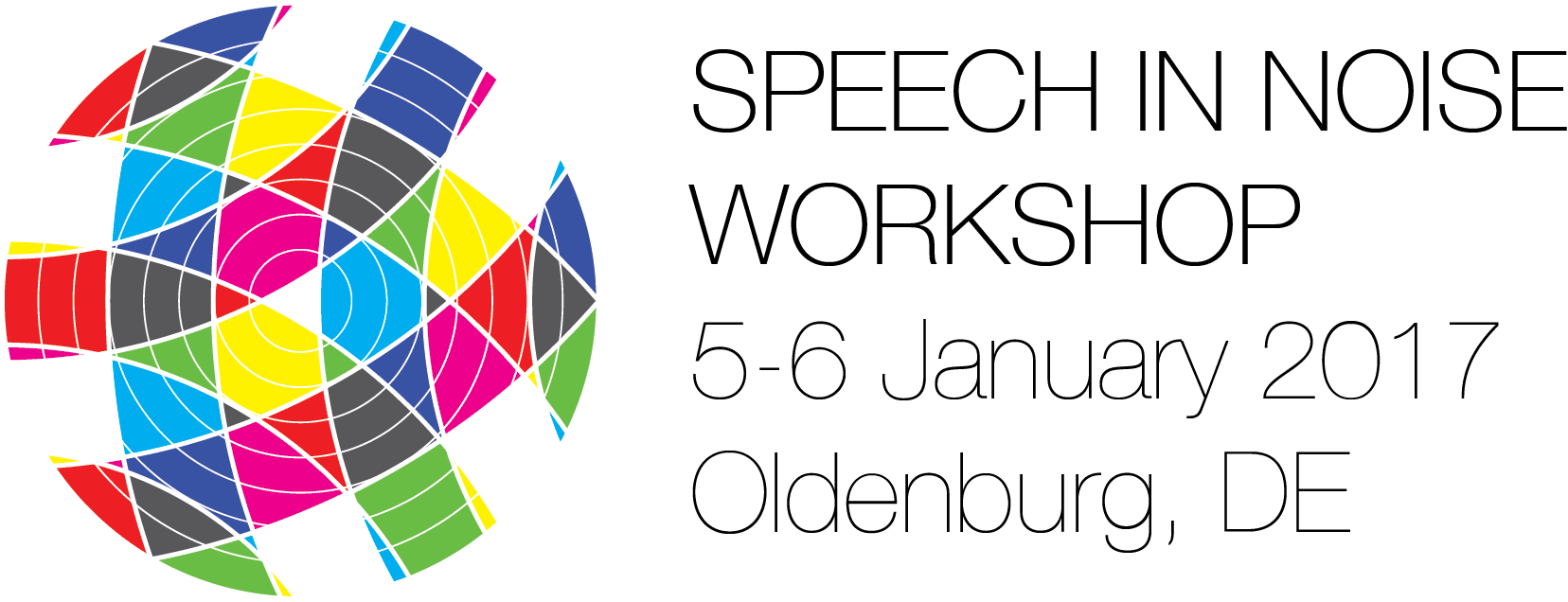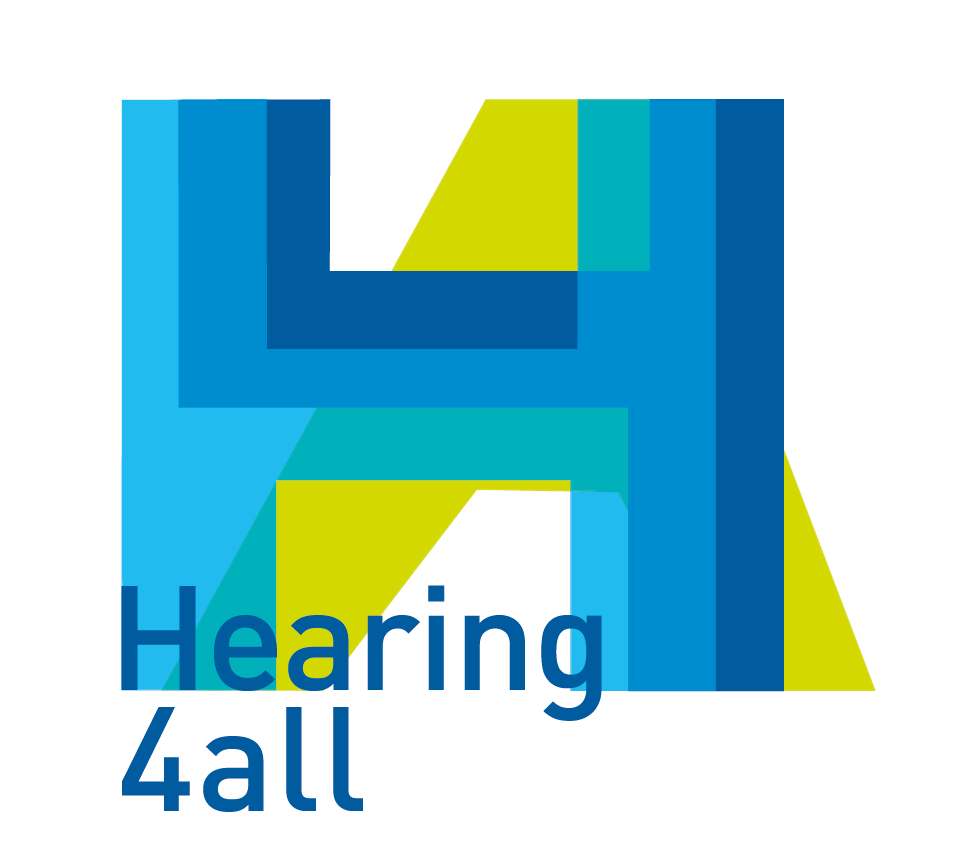Channel interaction determines the best fitting strategy for cochlear implant users with ipsilateral residual acoustic hearing in a computer model
Cochlear implant (CI) users, who have ipsilateral low-frequency acoustic hearing show better speech-in-noise performance on average than cochlear implant users without acoustic hearing. This has been shown by clinical, vocoder and model-based studies. It is, however, still a matter of debate, which frequency range of the ambient sound should be transferred via the CI if acoustic listening is present. Candidates for such a fitting strategy include transferring the full frequency range or a restricted one, defined by either audiometric data or psychoacoustic tests.
In this study, we aim at investigating the interplay of electrically stimulated frequency range with a less expected factor, namely channel interaction, using a model-based approach. We explain how the choice of frequency range influences channel interaction and consequently the speech-in-noise performance. We suggest a suitable fitting approach (in terms of crossover frequency) for different listeners. Moreover, we illuminate the role of CI-processed-speech modulation information in different auditory channels on speech perception of electric listeners and link this to the above-mentioned fitting approaches.
An auditory model predicting speech reception thresholds (SRTs) in noise for CI users with residual acoustic hearing (Zamaninezhad et al., accepted) was employed in this study. The auditory model can be considered as a hypothetical listener which allows systematic variation of different physiologically plausible parameters such as channel interaction, number of employed electrodes or residual acoustic hearing. Two different fitting approaches were simulated, one with electric stimulation of full frequency bandwidth and one with a restricted frequency range. The width of the spatial spread of electric field (and thus the channel interaction) was systematically increased to smear the spectral representation of speech and SRTs were predicted and compared across fitting strategies.
The results show that for listeners with highly interacted channels, a restricted electrically stimulated frequency range can improve speech perception in noise. For listeners with limited channel interaction, the extent of electrically stimulated frequency range is less influential on speech perception. Moreover, the results show the importance of CI-processed-speech modulation in auditory channels above 700 Hz: The model predicts that discarding low frequency CI-processed-speech information may be beneficial for some electro-acoustic listeners.
References:
Zamaninezhad. L., Hohmann. V., Büchner. A., Schädler. M. R., Jürgens. T., 2016. A physiologically-inspired model reproducing the speech intelligibility benefit in cochlear implant listeners with residual acoustic hearing. Hear. Res. Accepted.
Warning: Use of undefined constant s - assumed 's' (this will throw an Error in a future version of PHP) in /home/spinnluxnr/www/2017/pages/programme.php on line 208


